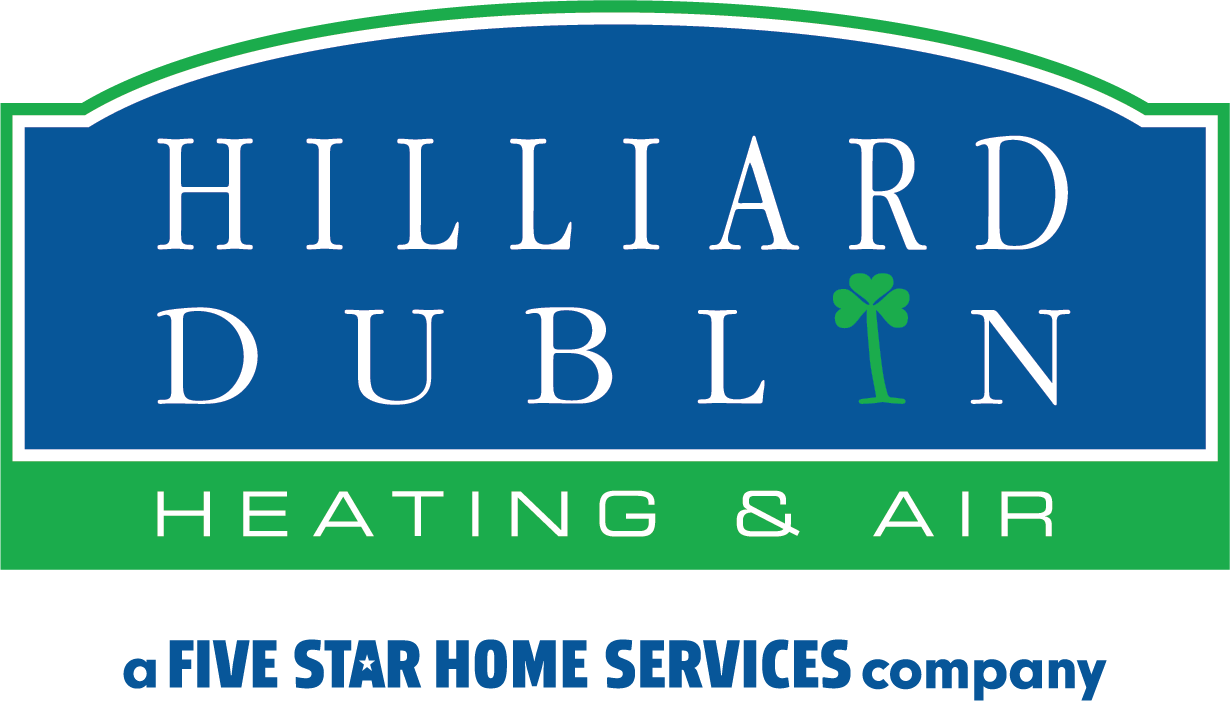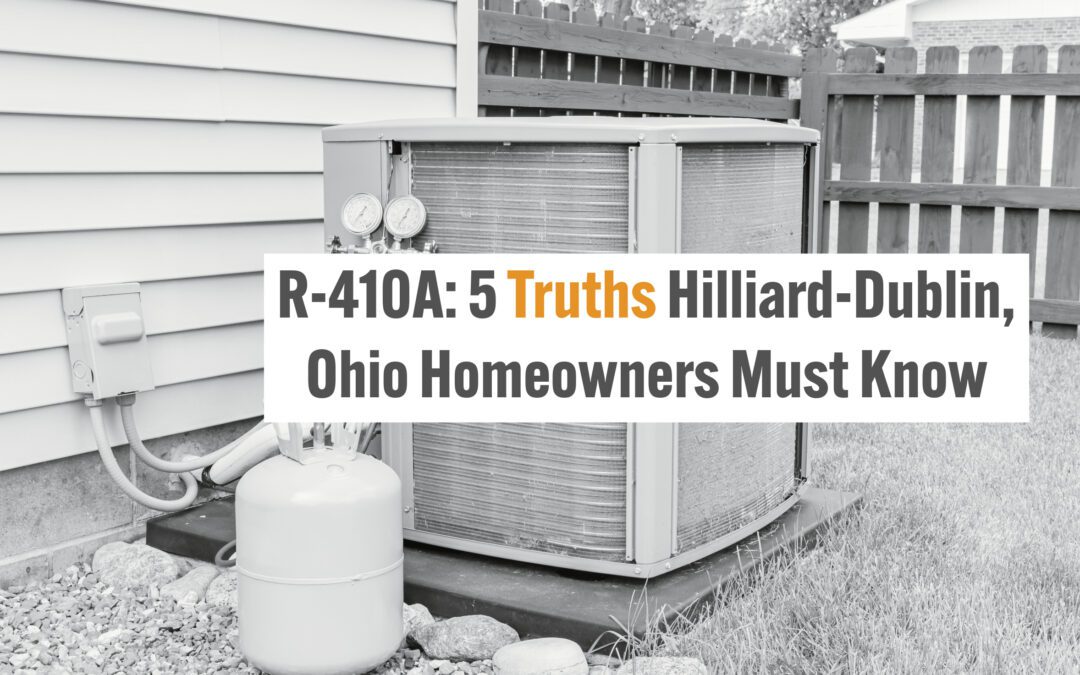During the cold winter months of Ohio, homeowners are comforted by the heat their furnaces provide for their homes and families. Your residential furnace is a vital component of your home’s HVAC system. It keeps you, your family, and your home warm throughout the season. It makes the house livable as well as comfortable. And it also prevents household disasters from happening in the winter, such as your pipes freezing and bursting. But could you imagine the chaos that would ensue if your furnace stopped working out of nowhere? Of course, your experts at Hilliard-Dublin Heating & Air hope this never happens to you, but it is always a good idea to prepare for worst-case scenarios. So keep these tips & tricks in your back pocket if you ever experience your furnace going out in the winter.
Do You Smell Gas?
Safety comes first. The first thing we suggest doing is confirming the reason for your malfunctioning furnace is not due to a gas leak. Natural gas doesn’t have its own odor, but a sulfuric compound (mercaptan) is added to it to alert you that something is wrong. If you start to smell a funny, rotten-like smell in your home, grab everyone in the household, including any pets and exit the house immediately. Then call your gas company and wait for the all-clear they give you before reentering your home.
What Do You Troubleshoot?
Next, there are some basic troubleshooting steps we recommend walking through to try and get your furnace up and running again. If your furnace is powering on, but not blowing warm air, then you will want to inspect the pilot light. The flame likely went out in the middle of the night or at a time when you didn’t notice the difference right away. Suppose you find the pilot light did go out, and you need to know how to relight it. Generally, there are manufacturer instructions labeled on the side of the furnace. Next, check the circuit breaker to ensure the furnace switch hasn’t flipped if the furnace is not powering on. Your heating issues just might be resolved with a quick flip of the switch back to the on position. Next, is your thermostat’s display responding at all? If not, try changing the batteries out for a set of new ones. Too often, the batteries in the thermostat are often overlooked when it comes to pinpointing furnace issues. Lastly, make sure the “heat mode” setting is turned on on the thermostat.
How Do You Stay Warm?
If your furnace is still not working, it’s probably safe to say that you need to find some solutions to keeping your home and family warm in the meantime. Start with closing all your blinds, drawing your curtains and window treatments together, and covering up windows with extra blankets where applicable. Close off doors to any unused rooms (i.e., spare rooms and the basement), and have everyone gather together in a common area such as the living room if possible. Keeping a portable space heater on hand for situations like this would be a great idea. It would also be a great idea to keep fireplace logs stocked if your home has a wood-burning fireplace. The last thing you want to do if your furnace goes out is to have to run out to grab these necessities.
How Do You Keep the Pipes Warm?
You do not want to forget the pipes in your home. Dealing with frozen pipes is an altogether unpleasant and frustrating experience. So if your home furnace goes out in the winter, don’t miss this critical step! You can open the cabinet doors beneath your sinks to help prevent the pipes from freezing over. You can also leave your faucets on ever so slightly to create slow but steady drops of water. Depending on the temperature outside, if you are concerned, you can place a space heater near your main water pipe to keep it from freezing up.
When Do You Call in a Service Professional?
If you have gone through the basic troubleshooting steps above and are still not getting heat out of your furnace, at this point, we highly recommend you call your local service professionals at Hilliard-Dublin Heating & Air. Standard troubleshooting is super helpful to homeowners, but we do not recommend attempting your diagnosis and repairs. It could cause further damage, costs, and heartache to you in the long run.
Furnace disasters are no fun. Knowing the proper steps and tips is essential to residential furnace maintenance. Hopefully, this blog has been insightful to you about dealing with furnace troubleshooting properly. We want the best for you, your family, and your home. If you find yourself with no heat or a broken furnace and need professional HVAC assistance, please get in touch with Hilliard-Dublin Heating & Air today at (614) 490-7520, or schedule an appointment online by clicking here!






